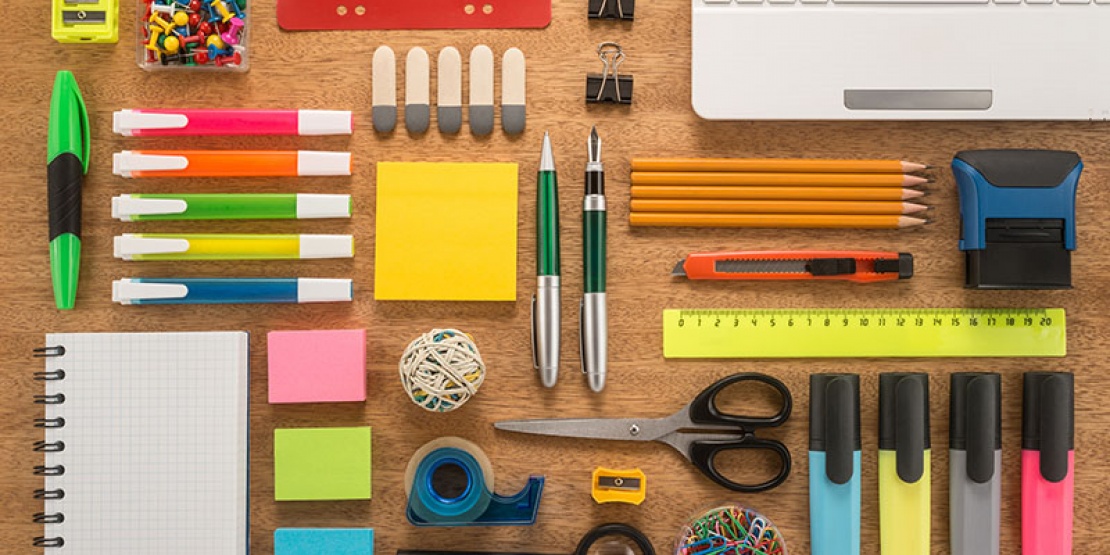Over the last three years, the Truffaut brand, which offers products for the garden, home and pets, has conducted an extensive project with the aim of optimising the way in which it purchases its office supplies. With expenses amounting to 350,000 euro, the Group has seen savings of no less than 15% since 2015. This result was achieved through a three-step action plan involving supplier rationalisation, product optimisation and monitoring expenditure.
Step 1: Rationalising the supplier base and product range
Thousands of products fall into the "office supplies" category, yet many of them are very similar to one another. For this reason, rationalising products and suppliers represents the primary cost-saving method to be applied to this purchasing category.
As Olivier Hugo, from the company Cosma Experts, emphasises: "With a purchasing budget of 15,000 to 3 million euro, having several suppliers is rarely the best solution". One key reason for this is the suppliers' high administration costs, estimated on average to be between 1000 and 3000 euro per year and per supplier. Increasing the amount of orders it places gives a company more advantage when negotiating with its supplier(s). However, it is important to be aware that when carrying out a rationalisation project, the need to cover users' day-to-day needs must be kept in mind in order to limit rogue (ad-hoc) purchases within the company.
In the same way as the SOS Group, Truffaut began by optimising these two areas. The brand therefore reduced its range of office supply products by 20%, before launching a call for tenders to consolidate its supplier base.
Step 2: Choosing the right product mix
Purchasing a well-balanced selection both from various product ranges (high-end, mid-range and entry level) and private labels presents an interesting challenge when it comes to non-strategic purchasing.
Private labels can often be an appropriate alternative because they offer the same level of quality as major brands, but at a lower price. With this in mind, Truffaut decided to redirect a portion of its office supply purchases to a private label.
Step 3: Monitoring expenditure
There are many ways, both physically and digitally, to monitor expenditure and better control product consumption. Truffaut opted for a transparent approach, with a large majority of its sites being able to place orders without having them approved in advance. However, the results and information about levels of consumption are regularly sent to users, providing visibility and a sense of accountability. There is a distinct focus on awareness rather than control.
There are many more ways to optimise office supplies, such as digitising transactions using e-procurement or even logistics, by installing vending machines.
Source: Décision Achats









